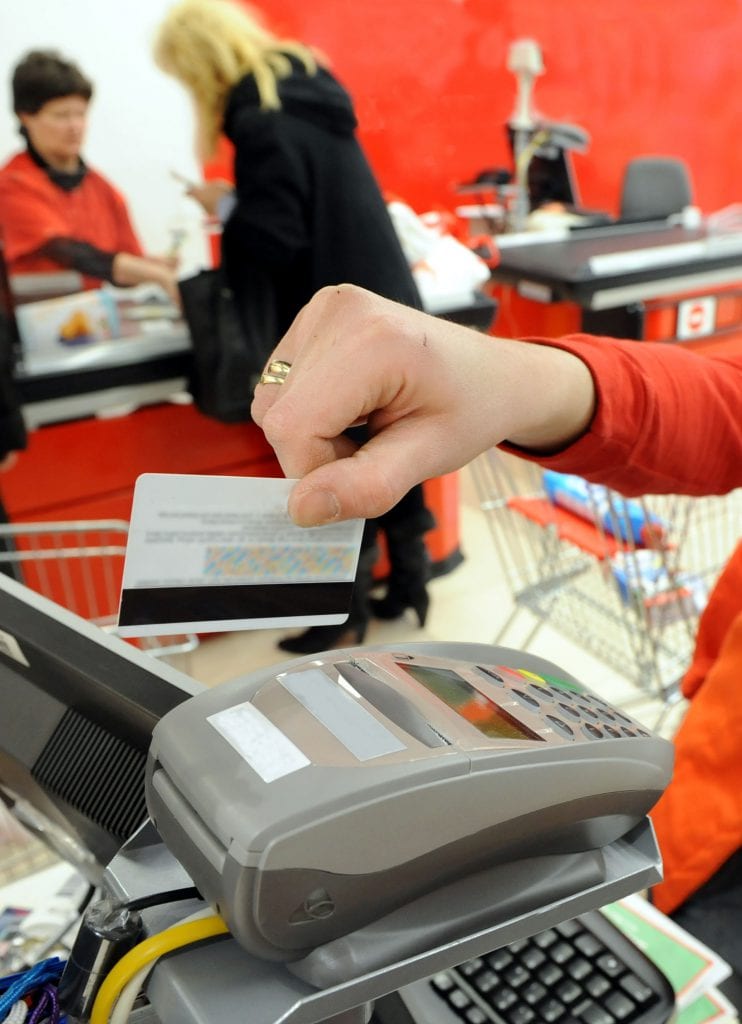Figuring out a bank’s priorities is often as easy as following the money. Where is it spending? Where has it stopped spending?
At Fifth Third in Cincinnati, the path is pretty clear. The company is taking the capital that used to be tied to branches and reinvesting it in data analytics and improving its back-end systems with the hopes of being better at digital banking.
The $138.6 billion-asset company announced Monday that it plans to hire 200 developers, engineers and others IT-related staffers by the end of the year, bringing its tech staff to more than 1,000 people. The company has already filled 80 of those positions.
As CEO Greg Carmichael “looks out on the industry, he sees an opportunity in technology to increase customer experience and efficiencies, while at the same time dealing with the deceleration of brick-and-mortar,” said Sid Deloatch, Fifth Third’s chief information officer. “That collates exactly where we want to go in terms of the growth in technology. We want to be able to do dynamic offerings through the consumer side with an omnichannel perspective. It’s all about recognizing and trying to be transparent about who are our most profitable customers.”
It’s also about recognizing trends within its customer base. From 2014 to 2015 the share of the bank’s customers using its mobile banking app increased 28%. During that same period, the number of customers interacting with the bank only via mobile applications increased 58%. Digital-only customers account for between 5% and 10%, while more than 80% customers rely on multiple channels, Fifth Third’s chief financial officer Tayfun Tuzun, said late last year. He added that 10-15% of customers rely strictly on the branches but that the company expects the percentage to decline over time.
As banks and credit unions look ahead to understand the expectations of banking customers over the next few years, many are seeing a need for increased investments in technology. However, these investments do not mean that financial institutions intend to move their customers and members entirely to automated or self-service channels. Some of these investments will be on ways to leverage automation to create an outstanding customer experience, including the use of video in branches, on ATMs, kiosks, mobile phones, and tablets. Other areas of investment include enterprise marketing and CRM systems, and customer and predictive analytics systems to better understand banking customer wants and needs.
Overview by Ed O’Brien, Director, Banking Channels Advisory Service at Mercator Advisory Group
Read the full story here
